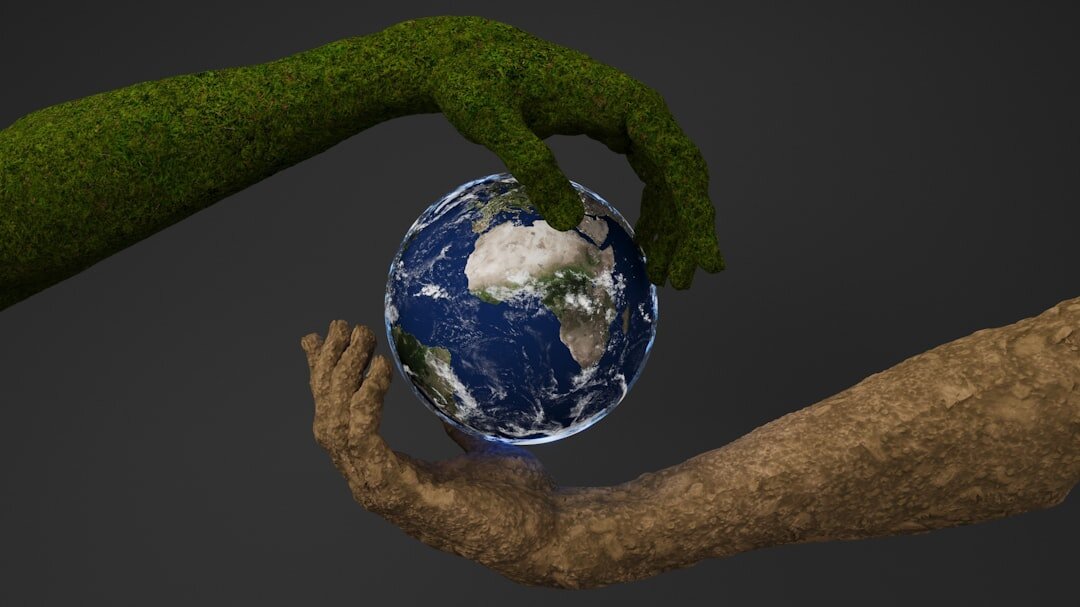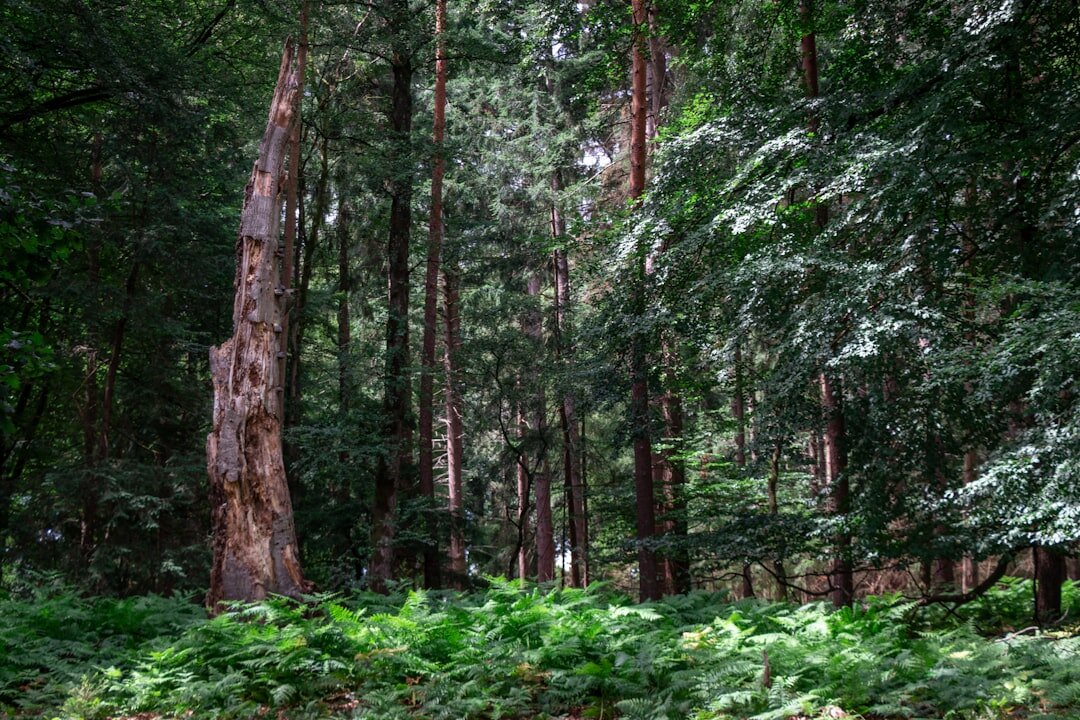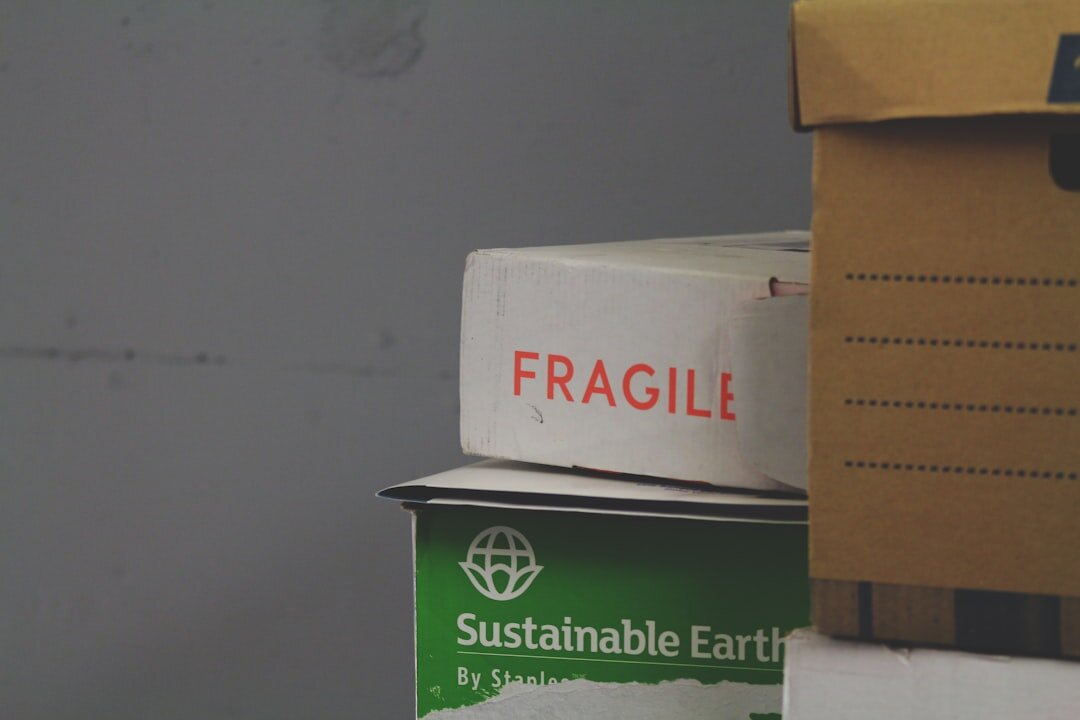Circular Economy Principles in Finnish Bioeconomy Strategy
Finland’s bioeconomy strategy represents a paradigm shift from linear “take-make-dispose” models to circular systems that prioritize resource efficiency, waste minimization, and regenerative practices. This approach transforms traditional forest industries into integrated ecosystems where waste from one process becomes input for another.
Understanding Circular Bioeconomy
The circular bioeconomy combines biological resources with circular design principles to create closed-loop systems. In Finland’s context, this means maximizing the value extracted from forest resources while ensuring sustainable regeneration and minimal environmental impact.
Key Circular Principles in Practice
Cascading Use of Resources
Finnish forest industries exemplify cascading resource use, where materials serve multiple purposes throughout their lifecycle. High-quality timber becomes construction materials, processing residues become pulp for paper, and remaining biomass generates renewable energy.
Industrial Symbiosis
Forest industry clusters in Finland demonstrate industrial symbiosis, where companies share resources, energy, and byproducts. Steam from pulp mills powers neighboring facilities, while waste heat supports community district heating systems.
Biomass Valorization
Advanced biorefineries convert forest residues into high-value products including biochemicals, bioplastics, and pharmaceutical compounds. This approach extracts maximum value from materials that were previously considered waste.
Technology Enablers
Biotechnology Innovation
Enzyme technologies and fermentation processes enable the conversion of cellulose and lignin into valuable chemicals and materials, creating new revenue streams from traditional waste products.
Digital Integration
IoT sensors and data analytics optimize resource flows throughout circular systems, identifying opportunities for efficiency improvements and waste reduction.
Process Innovation
Novel separation and purification technologies allow for the recovery of valuable compounds from complex biomass streams, enabling more complete resource utilization.
Economic and Environmental Benefits
The circular approach delivers both economic and environmental advantages. Companies reduce raw material costs while creating new revenue streams from byproducts. Environmental benefits include reduced waste generation, lower carbon emissions, and decreased pressure on virgin forest resources.
Scaling Circular Solutions
Success in implementing circular bioeconomy principles requires collaboration across value chains, supportive policy frameworks, and continued investment in research and development. Finland’s experience demonstrates that circular approaches can be both economically viable and environmentally beneficial.
Future Directions
The evolution toward fully circular bioeconomy systems will continue to drive innovation in Finnish forest industries. Emerging technologies in biotechnology, materials science, and digital systems will create new opportunities for resource optimization and value creation.
Finland’s circular bioeconomy model provides a blueprint for other regions seeking to balance economic development with environmental sustainability through intelligent resource management.



